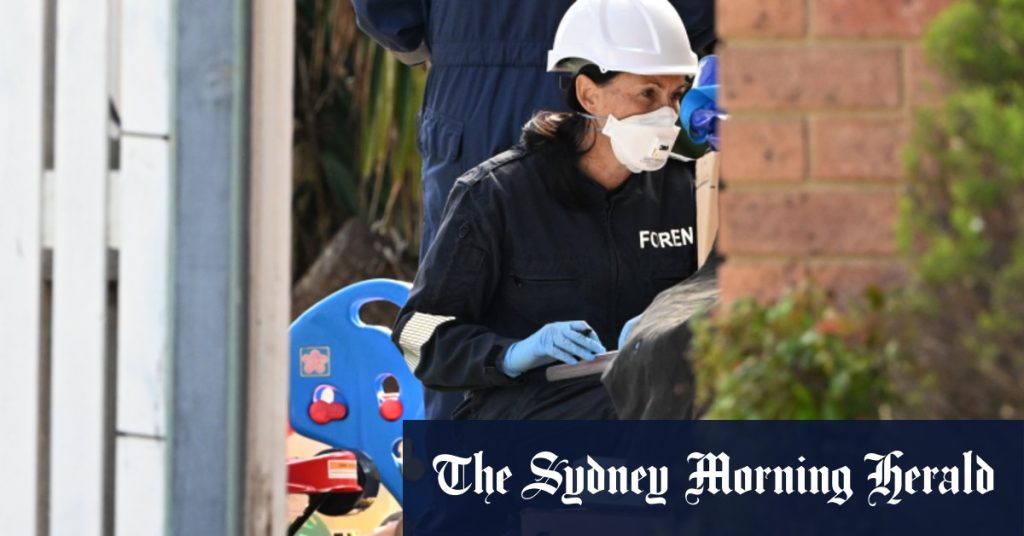An anonymous support service practitioner revealed that Petalas had expressed concerns about his children’s welfare before a fatal fire occurred. The practitioner, who works with family violence and child support service The Orange Door, stated that Petalas had complained that the children were being left home alone and that his concerns were not being taken seriously. Petalas had reportedly raised these issues with the Department of Families, Fairness, and Housing (DFFH) but felt that nobody was listening to him. The case was flagged as involving “significant risks” by a support worker who had knowledge of the family’s situation.
Despite the identified risks, The Orange Door did not conduct an in-person check on the children at their home due to safety concerns, according to the support worker. This decision was criticized, as the worker believed that efforts should have been made to ensure the safety and well-being of children under the age of three. The worker highlighted that despite the involvement of many people in the family’s case, no one had physically checked on the children, leading to a tragic and preventable death. Additionally, it was mentioned that The Orange Door did not follow up on whether the children were attending school or childcare, indicating further shortcomings in their handling of the case.
The practitioner pointed to inadequate resourcing and inexperienced staff as factors that contributed to The Orange Door’s mishandling of the family’s case. This was seen as representative of broader issues within Victoria’s child protection system. The Department of Families, Fairness and Housing, speaking on behalf of The Orange Door, declined to comment on the specific case but expressed condolences for the family involved in the tragic incident. The spokesperson did not provide any updates on the investigation into the cause of the house fire, which claimed the lives of the children and their mother.
The tragic incident has raised concerns about the effectiveness and responsiveness of child protection services in Victoria. The lack of in-person visits to check on vulnerable children, despite known risks, has been highlighted as a critical failure in this case. The inadequacy of resources and staff experience has been identified as underlying issues that need to be addressed to prevent similar tragedies in the future. The ongoing investigation by the police into the cause of the fire will hopefully shed light on any potential wrongdoing or neglect that may have contributed to this devastating loss.
The case serves as a stark reminder of the importance of effective child protection services and timely interventions to safeguard the welfare of vulnerable individuals. It underscores the need for thorough assessments, proactive measures, and follow-up procedures to prevent situations where children are left at risk. The tragedy also raises questions about accountability and oversight within the child protection system, prompting calls for reforms and improvements to prevent similar incidents from occurring. Ultimately, the focus remains on ensuring that children are safe, supported, and protected by the systems and services that are designed to assist families in need.













